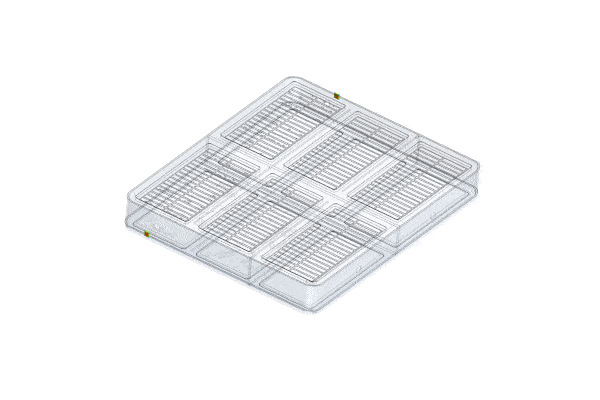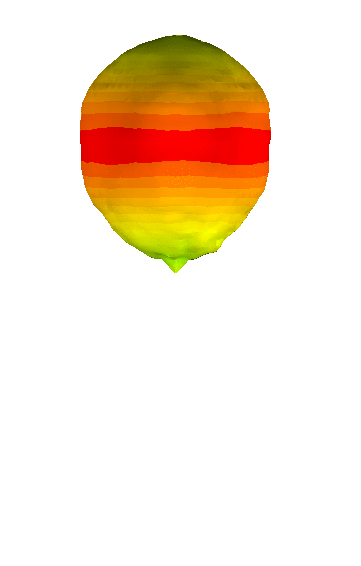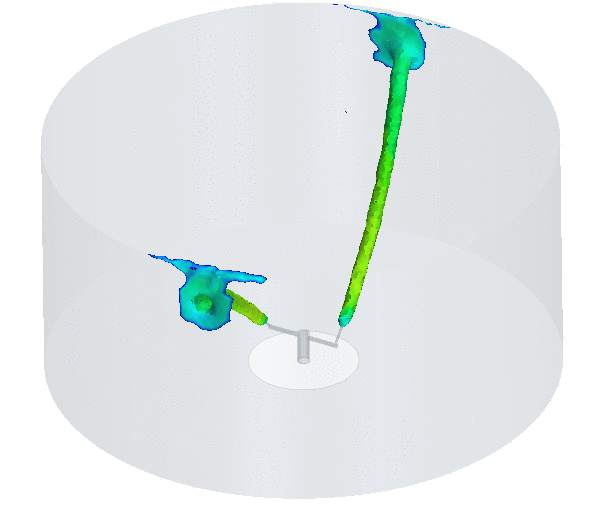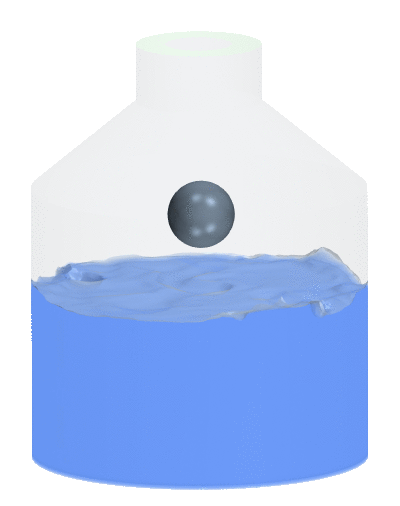Computational Fluid Dynamics (CFD) Simulations




Flow Simulations
From aerodynamics of a sports car to the ventilation of a data centre, Computational Fluid Dynamcis Consulting services plays a vital role during design/ development phase. There are many fluids involved in the operations of different systems like air, water, oil and accordingly there are different types of flow simulations which can be employed in the product development. To get reliable results of flow simulations, engineers need to have thorough understanding of Fluid dynamics and implement appropriate turbulence models. With many years of experience in the flow simulations, ESPL has developed wide expertise to deliver efficient products with Fluid systems.
Turbulence flow prediction is one of the most complex analyses, utilizing machine learning in SGS (sub-grid-scale) for Large Eddy simulation to combine with existing CFD tool to enhance SGS calculations promises new perspectives in this domain.
Heat Transfer
Heat transfer is one of the most common constituent of multi-physics systems be it Engine, battery or solar systems. The performance of batteries and power electronics components greatly depend upon thermal conditions. The product designers need to consider thermal aspects like cooling, heat dissipation to develop efficient products. Most of the times thermal simulations are coupled with flow simulations (Conjugate Heat Transfer, CHT) and results of thermal simulations are mapped on the structural simulation models to simulate thermo- mechanical systems.
At ESPL, we have worked on complex heat transfer simulations. One of the case studies is of Thermal Simulation of Battery pack. The major challenge was extremely narrow cooling passages in the battery pack which required massive computational models (100+ Million cells) and because of the availability of multi- core HPC Cluster at our setup, we could not only simulate the battery pack but delivered an optimized variant out of simulation.
Aero acoustics
CFD can be implemented for the prediction and optimization of noise levels because of fluid flows. Identification noise source and propagation of sound waves are two major activities in the Aeroacoustics. There are special mathematical models for carrying out aeroacoustics.
In EV, in absence of engine noise, noise from HVAC systems will be of special interests for the designers and EV HVAC systems need to be highly optimized for aeroacoustics
Fluid Structure Interaction (FSI)
Changes in the structure impact the flow conditions and vice versa. FSI is implemented to simulate structures and fluids simultaneously. The applications of FSI are predicting air speed at which wind turbine will start rotating and sloshing of fluids while in transported in a container. The vibrations because of fluid reactions on the structure are critical from the durability perspective.
FSI will be critical in Fuel cell vehicle where study of behaviour of Hydrogen in the storage tank is required from operational safety perspective.